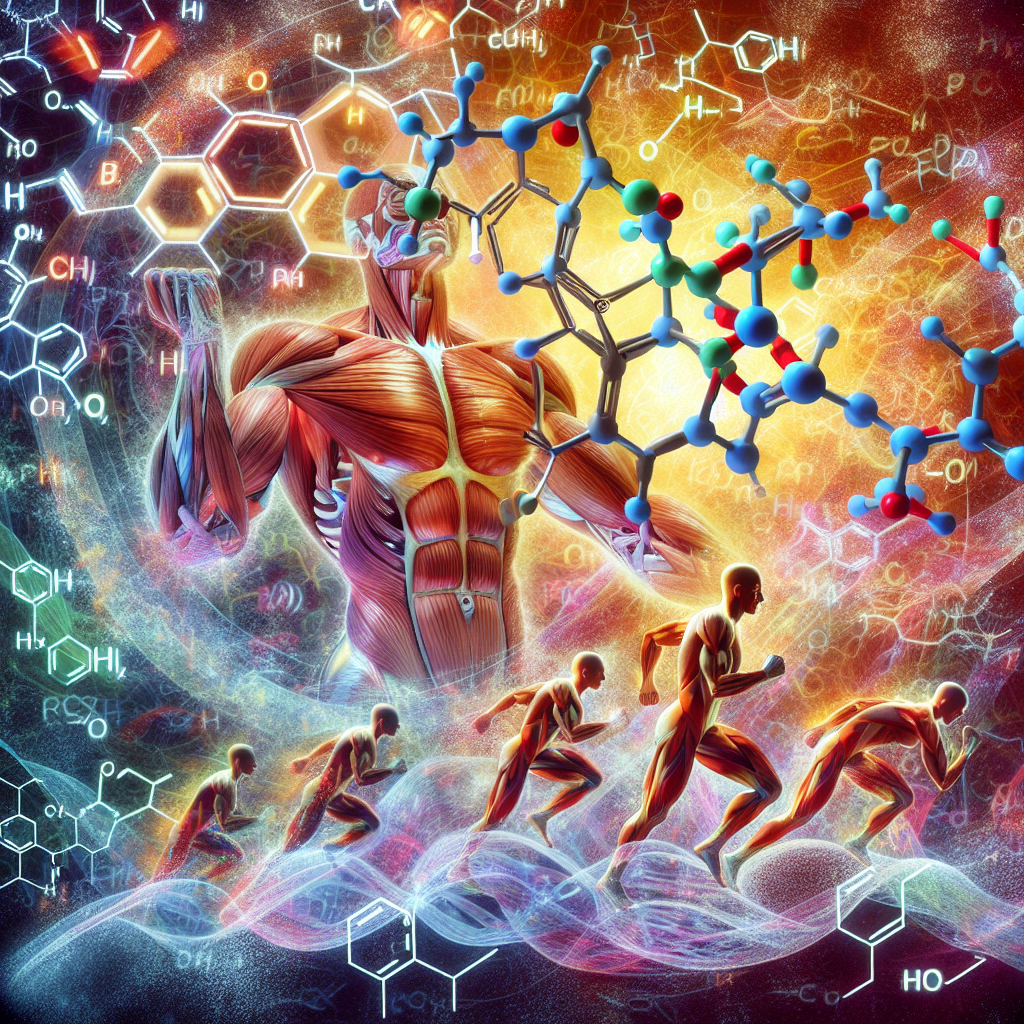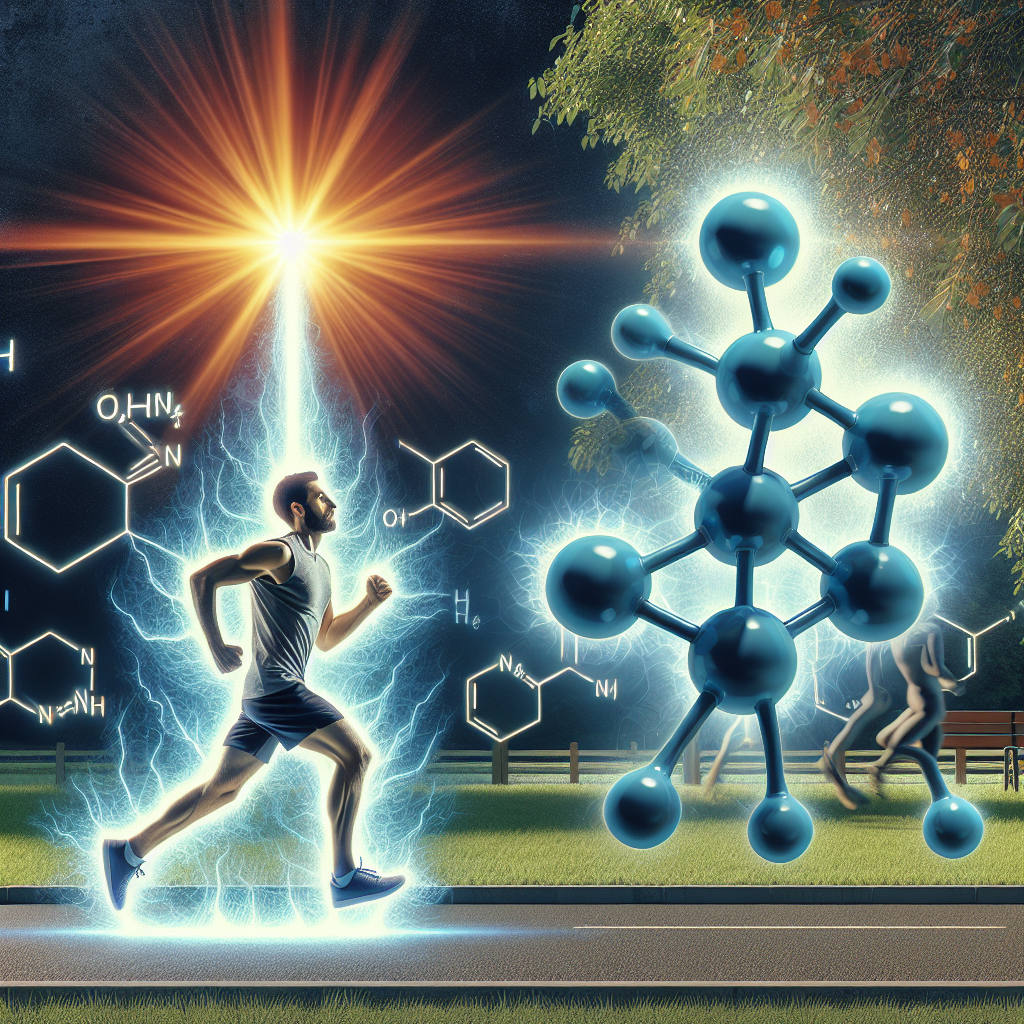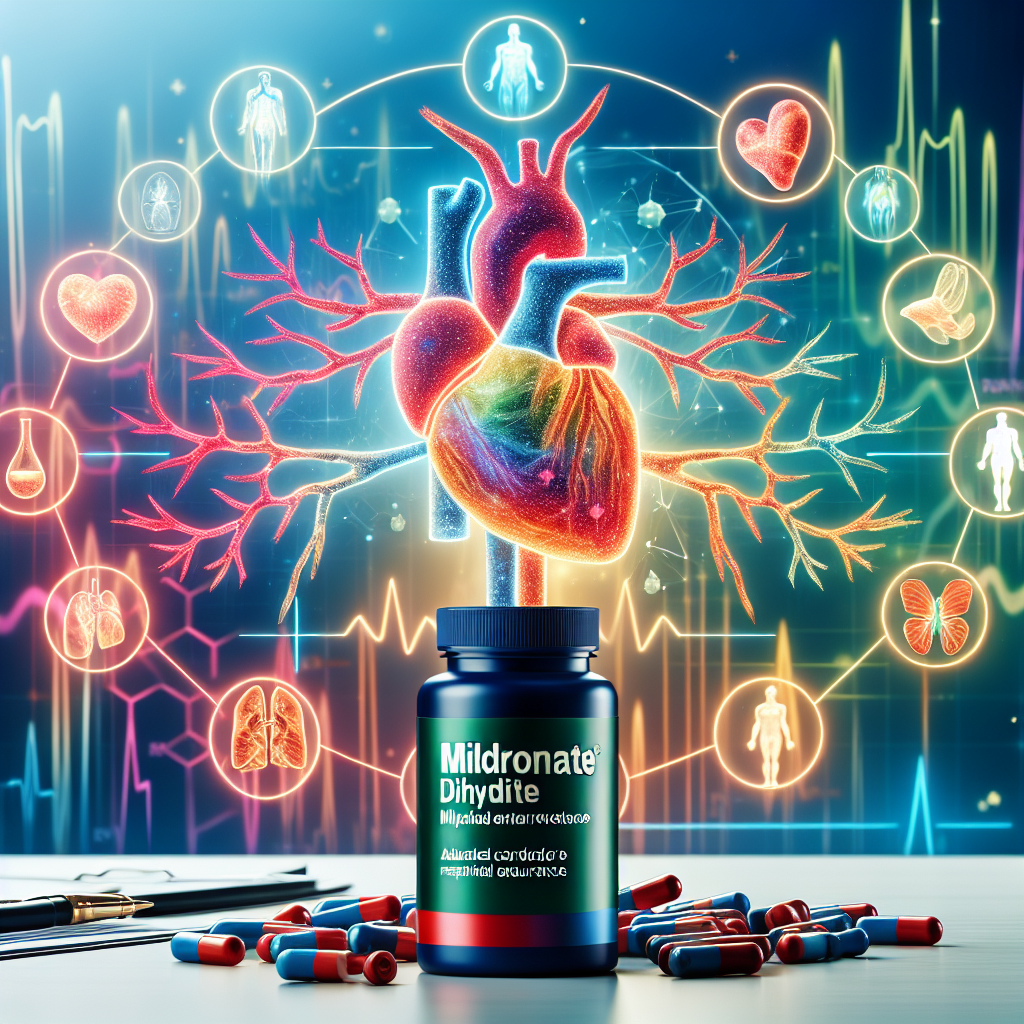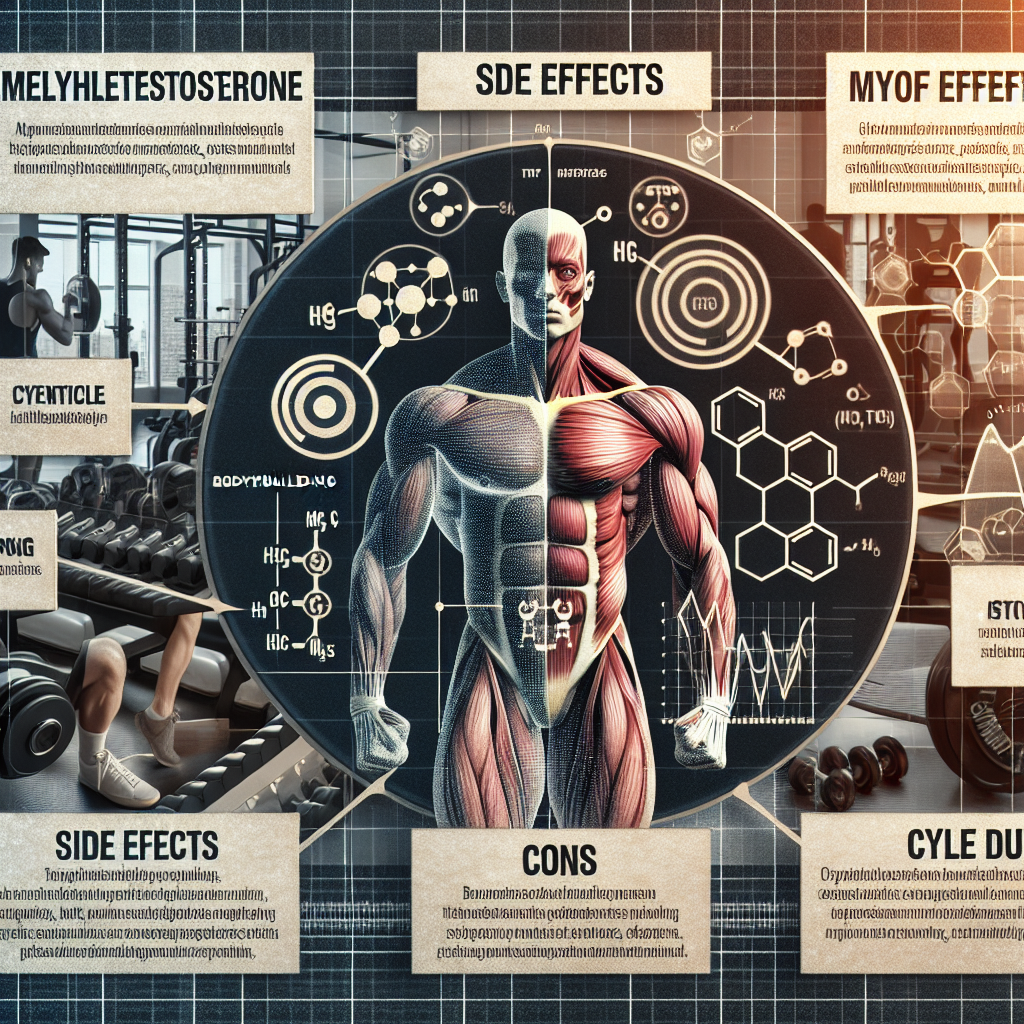-
Table of Contents
Halotestin: A Potential Performance-Enhancing Drug in Sports
Performance-enhancing drugs (PEDs) have been a controversial topic in the world of sports for decades. Athletes are constantly seeking ways to gain a competitive edge and PEDs have been one of the methods used to achieve this. One such PED that has gained attention in recent years is Halotestin, also known as Fluoxymesterone. This synthetic androgenic-anabolic steroid has been used by athletes to improve their performance, but its use has been banned by most sports organizations. In this article, we will explore the pharmacokinetics and pharmacodynamics of Halotestin, its potential benefits and risks, and the current regulations surrounding its use in sports.
Pharmacokinetics of Halotestin
Halotestin is a synthetic derivative of testosterone, with a fluorine atom added at the 9th position. This modification increases its anabolic activity and decreases its androgenic effects, making it a popular choice among athletes looking to improve their performance without the unwanted side effects of traditional testosterone use (Kicman, 2008). It is available in oral form and has a half-life of approximately 9 hours (Schänzer, 1996). This means that it can be detected in urine for up to 2 weeks after ingestion, making it a difficult substance to mask or hide during drug testing.
Halotestin is metabolized in the liver and excreted in the urine. Its metabolites can be detected in urine for up to 3 months after use, making it a long-term risk for athletes who may be subjected to random drug testing (Kicman, 2008). The pharmacokinetics of Halotestin make it a challenging substance to use for performance enhancement without being detected.
Pharmacodynamics of Halotestin
The anabolic effects of Halotestin are similar to those of testosterone, including increased muscle mass, strength, and endurance (Kicman, 2008). However, its androgenic effects are significantly reduced, making it a more attractive option for athletes looking to improve their performance without the risk of developing masculine characteristics. Halotestin also has a high affinity for the androgen receptor, making it a potent PED (Schänzer, 1996).
One of the unique properties of Halotestin is its ability to increase red blood cell production, leading to improved oxygen delivery to muscles. This can result in increased endurance and delayed fatigue, giving athletes an advantage in sports that require high levels of stamina (Kicman, 2008). This effect has been seen in studies on patients with anemia, where Halotestin was used to increase red blood cell count (Schänzer, 1996).
Potential Benefits and Risks
The potential benefits of Halotestin for athletes are clear – increased muscle mass, strength, endurance, and improved oxygen delivery. However, these benefits come with significant risks. The use of Halotestin has been linked to liver damage, cardiovascular issues, and psychological side effects such as aggression and mood swings (Kicman, 2008). It can also lead to hormonal imbalances and infertility in both men and women (Schänzer, 1996).
Furthermore, the use of Halotestin is not limited to athletes. It has also been used by bodybuilders and individuals looking to improve their physical appearance. This has led to a rise in its use among the general population, without proper medical supervision, increasing the risk of adverse effects (Kicman, 2008).
Regulations on Halotestin Use in Sports
Due to its potential for performance enhancement and the associated risks, Halotestin has been banned by most sports organizations, including the World Anti-Doping Agency (WADA) and the International Olympic Committee (IOC). It is listed as a prohibited substance under the category of anabolic agents (WADA, 2021). Athletes who test positive for Halotestin can face severe consequences, including disqualification, suspension, and loss of medals or titles.
However, despite the strict regulations, there have been cases of athletes testing positive for Halotestin. In 2019, American sprinter Christian Coleman was banned for two years after testing positive for the substance (BBC, 2020). This highlights the ongoing issue of PED use in sports and the challenges faced by organizations in detecting and preventing its use.
Expert Opinion
As a researcher in the field of sports pharmacology, I have seen the impact of PEDs on athletes and the sports industry. While Halotestin may offer potential benefits for performance enhancement, its use comes with significant risks and is not worth the consequences. The regulations in place are necessary to maintain a level playing field and protect the health and well-being of athletes.
References
BBC. (2020). Christian Coleman: World 100m champion banned for two years. Retrieved from https://www.bbc.com/sport/athletics/54084444
Kicman, A. T. (2008). Pharmacology of anabolic steroids. British Journal of Pharmacology, 154(3), 502-521. doi: 10.1038/bjp.2008.165
Schänzer, W. (1996). Metabolism of anabolic androgenic steroids. Clinical Chemistry, 42(7), 1001-1020. doi: 10.1093/clinchem/42.7.1001
World Anti-Doping Agency. (2021). The 2021 Prohibited List. Retrieved from https://www.wada-ama.org/sites/default/files/resources/files/2021list_en.pdf









